The purpose of this article is to introduce the Container Transport System (CTS) and explain the capabilities it brings to both the warfighter and the emergency management executive.
A guest post from Marc Diaz
Introduction
The idea for the CTS came from my experience in disaster response. Incredibly, on August 17th, I experienced a significant 6.3 magnitude earthquake in my second home in Bogotá, Colombia. When the earthquake struck, I was at my desk working on the design for CTS!
I’m proud to say that I kept my cool. I grabbed my keys, wallet, phone, and passport before I left my apartment.
Experience has demonstrated that there are unforeseeable logistical bottlenecks in wartime and disasters.
There is a need for a low-cost and readily available method of transporting cargo in infrastructure-compromised conditions.
Simply put, this means getting critical cargo across different modes of transport, across bottlenecks and having it arrive in good condition. And all of this must be done in austere and difficult conditions.
The CTS provides a new capability to do just this. It can be used for disaster relief in Haiti or to deliver artillery ammunition to Taiwan.
The CTS allows critical material to move between transport nodes in emergencies. It removes the need for specialized equipment or personnel to do this.
CTS is a single snap-together kit to turn any LD-3 container into a cargo cart.
These containers are used by commercial aircraft and are found in great numbers all over the world.
A Natural Disaster Vignette
As an unplanned side note, I must relate to a recent experience.
The earthquake I experienced was a minor inconvenience.
However, some problems became immediately apparent.
While travelling, I came across roads that had significant damage.
The picture below shows some of it.
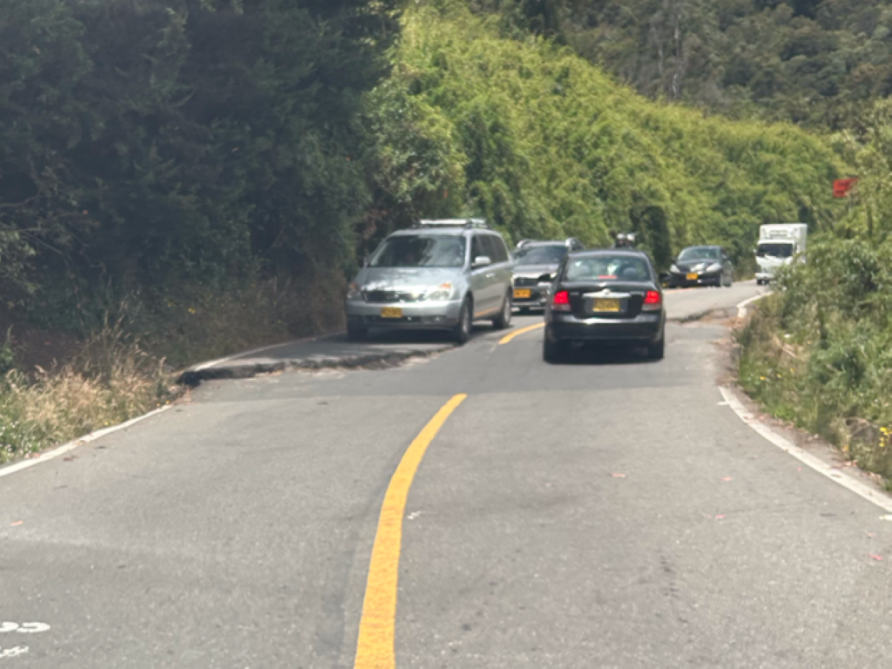
But it gives a first-hand account of how easily roads can become impassible to vehicular traffic.
On August 14, 2021, a massive earthquake struck Haiti.
A large area was cut off from aid when the only bridge was damaged and unable to bear vehicular traffic. Cargo could be brought to one side of the bridge.
But, then it had to be manually unloaded, put on carts and then carted across the bridge.
Critical supplies arrived rapidly. However, bottlenecks like this prevented rapid distribution, leading to countless deaths and untold suffering.
The picture below shows supplies being offloaded from a truck onto a cart. The truck had reached a bridge that was damaged and could not handle vehicular traffic.
This caused a substantial delay.
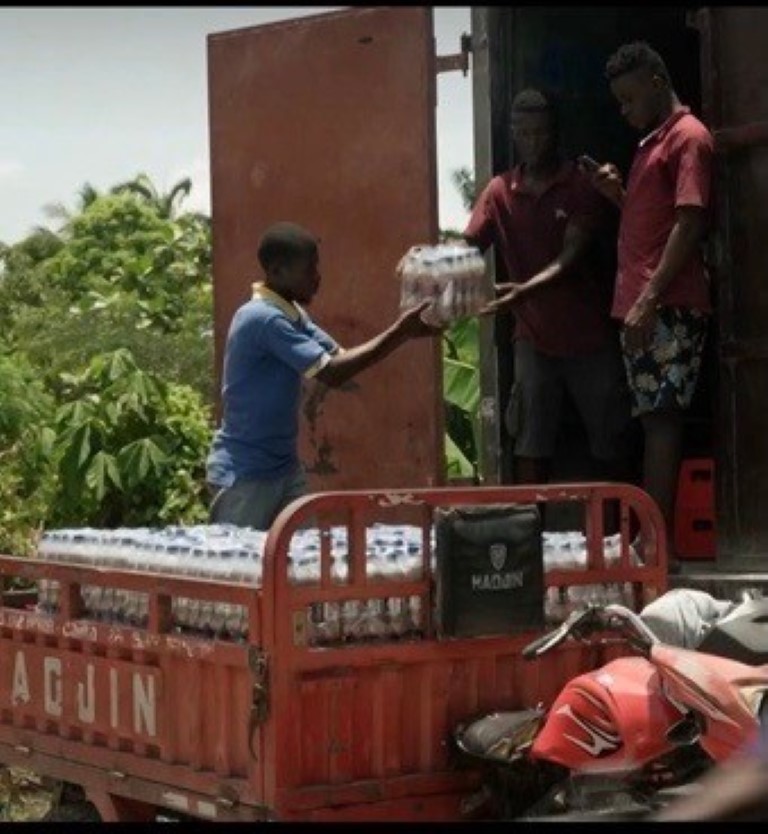
On the other side of the bridge, the cargo was then reloaded onto another vehicle for onward movement.
The picture below is a contemporary view of the actual damaged bridge. You can see men on the left hand carrying critical reinforcing beams across.
On the right is a rendering of the CTS at work. Which is more efficient?
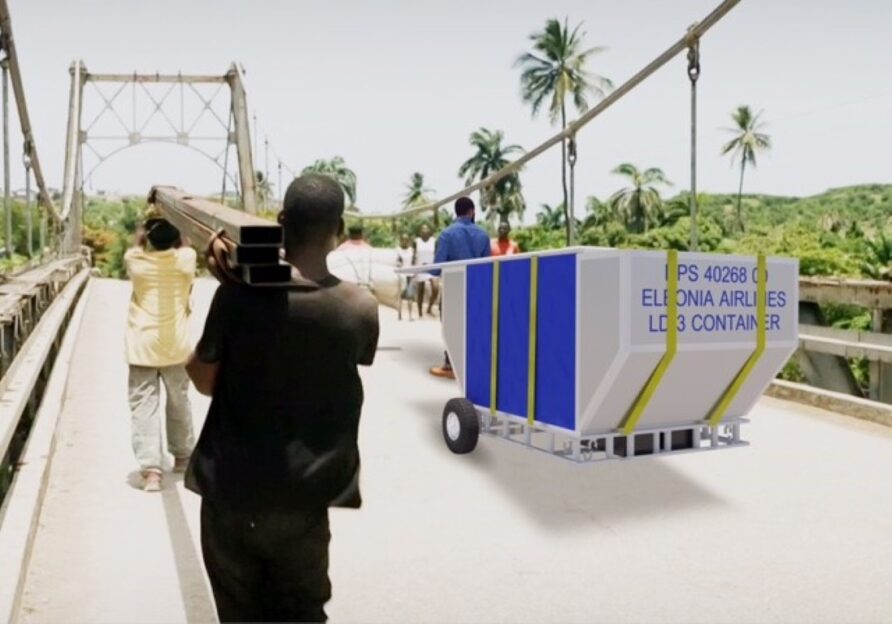
This situation repeats itself again and again. And it isn’t limited to natural disasters.
A Wartime Vignette
What if I told you that the USAF or RAF could increase its airlift fleet by hundreds of aircraft?
And what if I shared with you that those aircraft could deliver critical supplies in a tactically relevant way? And that it could do so in a dispersed and survivable manner.
CTS allows that. In minutes a single Airbus A 320 could deliver 10 tons of supplies to an airfield. It could unload in minutes and the cargo could be transported using civilian pick-up trucks directly from the tarmac.
How useful would that be when the 1st Tank Guards Army is moving through Lithuania?
It can be done. By using commercial aircraft and CTS massive amounts of cargo can be moved quickly.
Just as importantly it can be distributed quickly.
The Components
There are two parts.
The first is the LD-3 container family.
This is a container that is used by commercial jet aircraft to carry cargo or baggage. There are over 200,000 of these worldwide, and they are compatible with most commercial jetliners.
There are two types. The LD-3 containers come in two principal sizes.
The first is the LD-3 which fits wide-body aircraft.
The second is LD-3-45. This fits the Airbus A320 of narrow-body jetliners and some smaller turboprop aircraft.
Here are the dimensions of an LD-3-45.
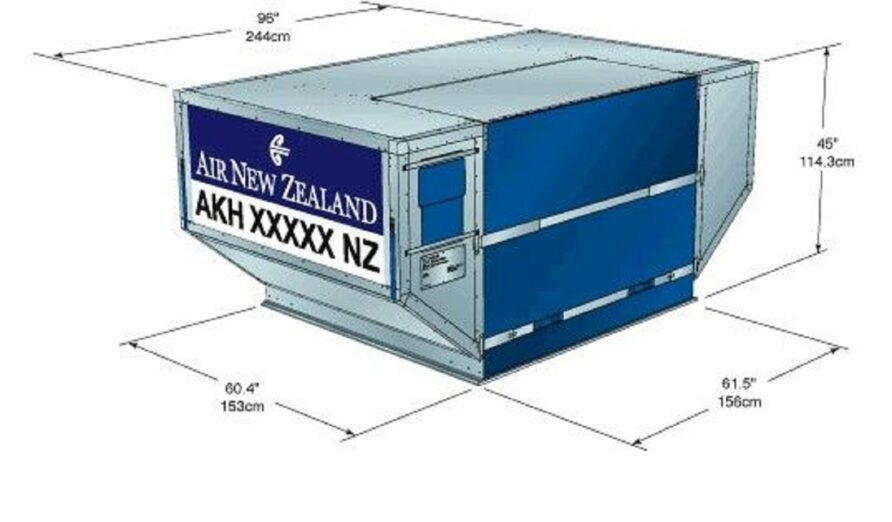
The picture below shows LD-3 containers being loaded onto an aircraft.
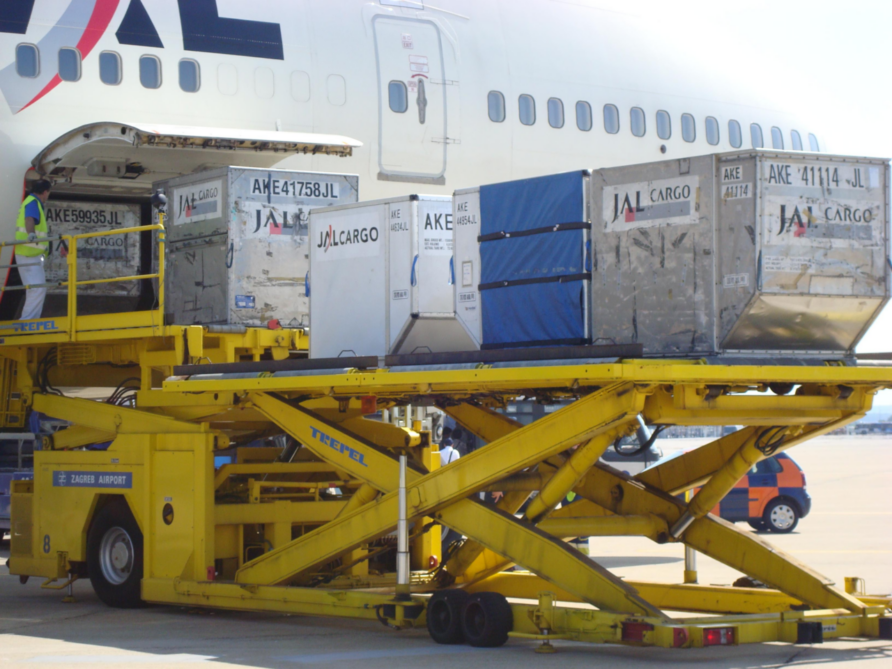
The picture below shows three LD-3s inside a Cessna SkyCourier aircraft.
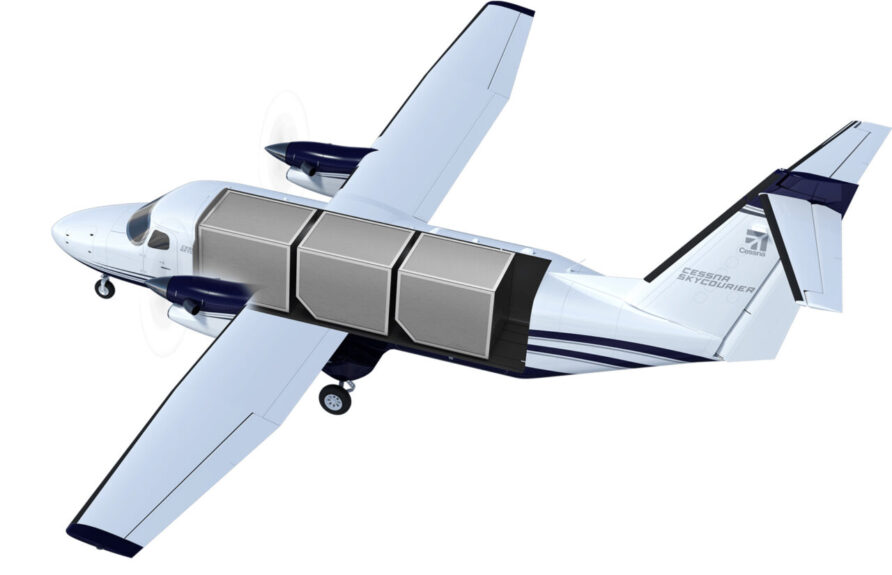
The second component is the CTS itself.
This is a standardized module that converts the LD-3 into a cart that can be moved by trains, planes, automobiles, and muscle power.
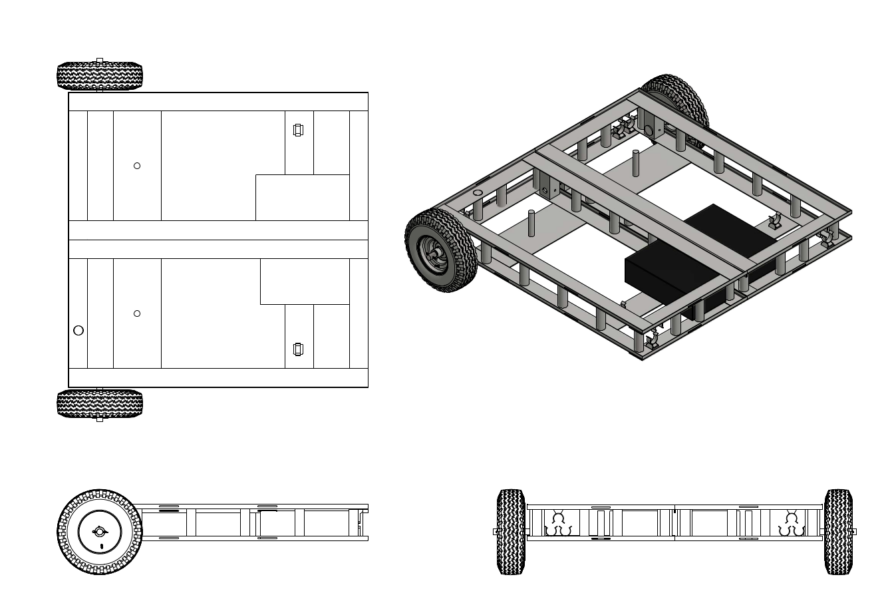
The module itself is universal, requires no tools for assembly and is designed for low-cost mass production. The intention is to consider this as an attritable piece of material. It can also fit inside an LD-3 itself so is self-transportable inside the aircraft.
The pictures below show the CTS components, an assembled CTS and the CTS with two different container types.
The cargo is held by raised flanges and yellow nylon cargo straps.
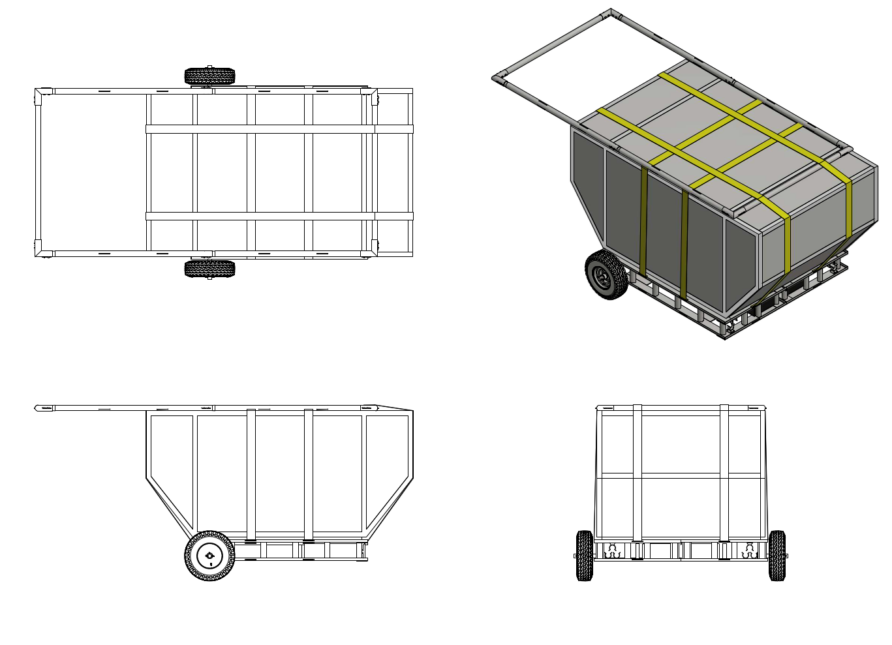
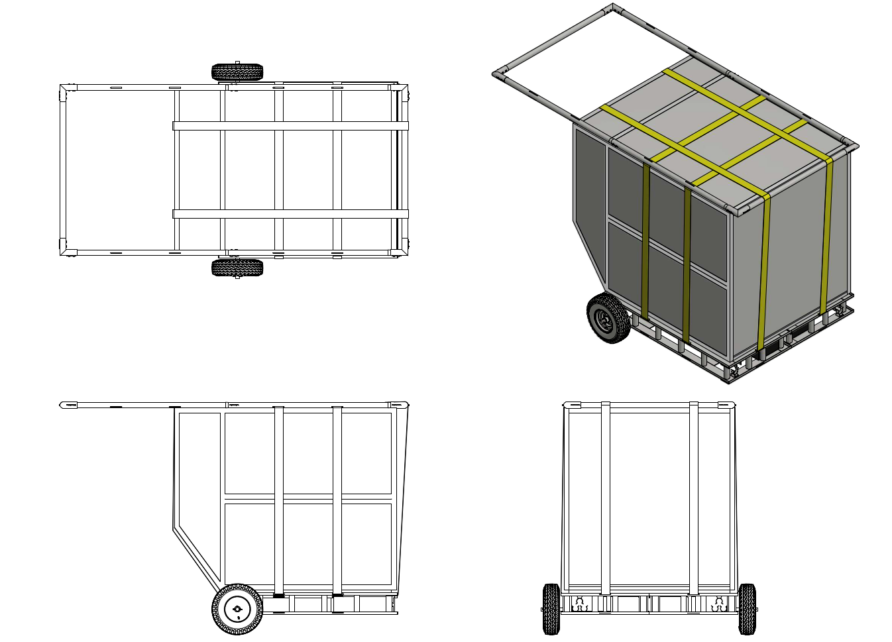
Below you can see pictures of how man-powered carts are used in developing countries.
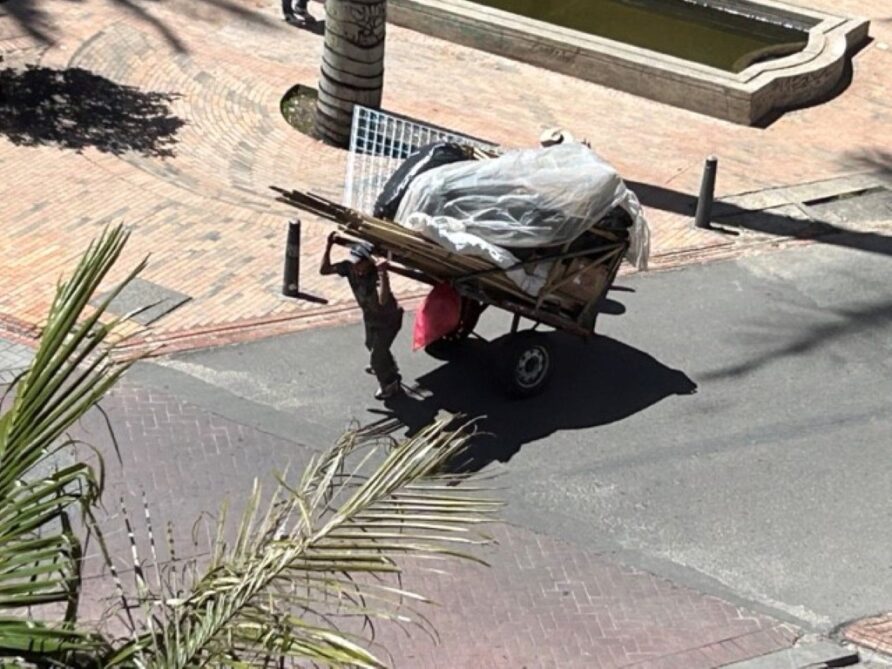
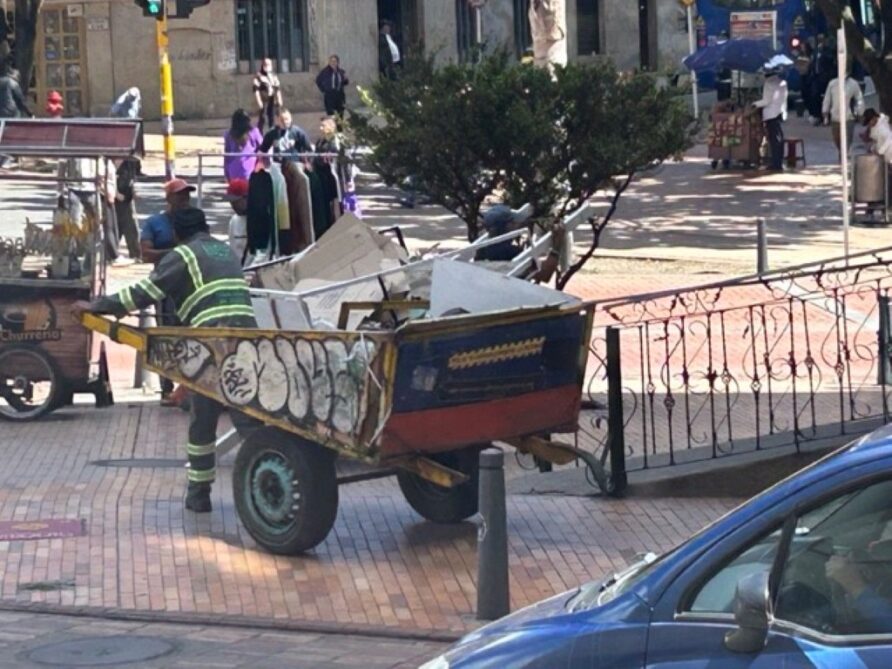
I can personally verify that heavy loads are routinely moved by a single person over large distances.
The Problems
Here are the current problems with moving cargo in wartime or crisis conditions.
- Loads may have to be broken apart moving from one mode of transport to another. This leads to confusion and missing components.
- Breaking loads apart causes damage due to handling.
- Material is damaged due to exposure to the elements.
- Material is damaged due to contact with water from lack of dunnage.
- The movement of cargo is difficult between different modes of transport.
- Once delivered to a depot, the material is difficult to reposition. Remember, depots can be massive.
- It is difficult to move cargo accord gaps and through constrained areas. (My recent personal experience confirms that these gaps are to be expected.)
- Typical peacetime and non-crisis situations rely on dedicated equipment. Typically, these are forklifts, trucks, and the like. In wartime and crisis these are in high demand, concentrated in areas likely removed from the current demand and are difficult to maintain.
The Solution
The CTS solves these problems.
- The CTS itself can fit into the LD-3 containers. CTS allows every component within those containers to stay together from the point of dispatch to the point of use.
- The material does not have to be manhandled in transit, reducing damage.
- The LD-3 protects cargo from the elements.
- The CTS keeps the material up and out of the water.
- Using the CTS, material can be transported on planes, trains, trucks, most civilian automobiles and by muscle power.
- The CTS allows rapid movement within depots.
- The CTS eases movement across gaps and constrained areas. For example, if the roads have multiple gaps then planks can be used to cross, or they can be moved off-road around the gaps. Then the CTS is shuttled to the next gap and so on. Same with constrained areas.
- With a maximum weight of 1,800 lbs, the system and cargo can be moved by the Toyota Corolla, Toyota Yaris and Kia Sportage. Google says that these are the three most popular cars in Poland. In short, this system can be moved by readily available means.
Conclusion
The CTS is an affordable and rapidly producible capability.
It provides a low-cost and readily available method of transporting cargo in infrastructure-compromised conditions.
Marc Diaz
Discover more from Think Defence
Subscribe to get the latest posts sent to your email.


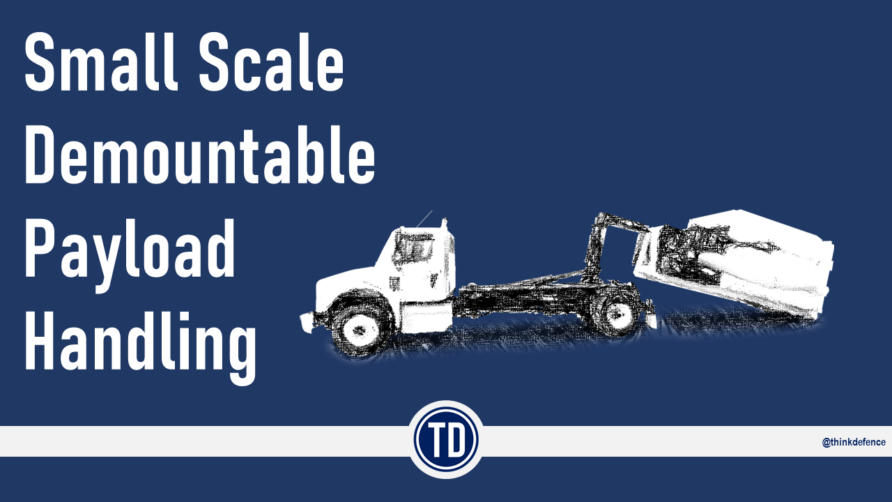
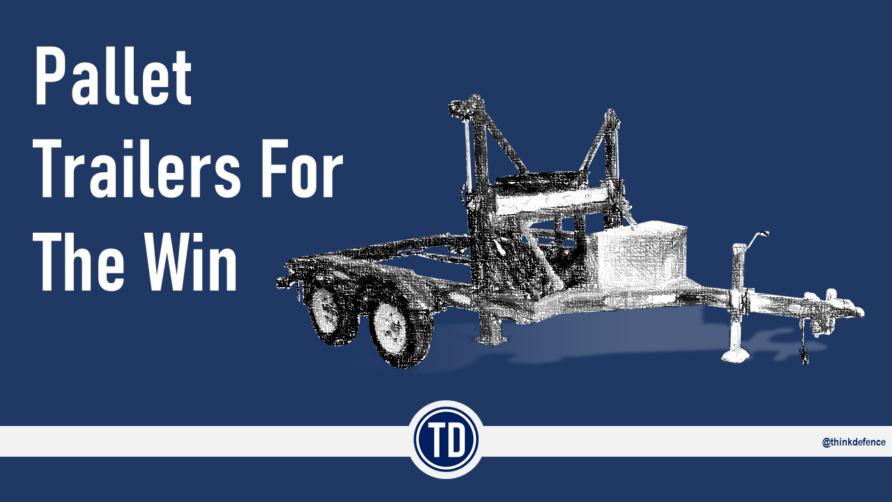
Firstly I would like to say that I think this is a great idea, very much in the TD norms of simple, cheap, workable. As one who is ex-UK military and currently working in the air freight industry, I would however like to point out that an A320 (as it is used as an example in the text) would almost certainly NOT be able to carry ten tonnes of freight in the real world (at least, not in its containers). The containers are certified for a tonne or so of weight each but unless the contents are extraordinarily heavy (such as ammunition) this will virtually never be achieved. About 350-400kgs net weight of contents is more realistic as a maximum planning figure. As an A320 (about the most common passenger plane in the world) can take 10 LD3-45 containers this would give a net payload of 3,5 – 4 tonnes realistic for planning purposes to use this system. Not all A320s are fitted to carry the containers (typically low-cost airlines like Wizz Air in Europe don't like paying for the equipment when they encourage passengers not to carry luggage at all). Which doesn't invalidate the concept at all. 3,5 tonnes moved fast and efficiently to where it is needed is a lot more useful in an emergency than 10 tonnes or even 100 tonnes taking days longer to get there.
Much the same applies to LD3 containers which require the less-frequent widebody planes to carry them (big birds) which need appropriately big airports which might not be available.
Also, whether A320 or bigger, to get these containers on and off planes you need a specialist piece of equipment called a hiloader of appropriate size (trying to do it with a forklift will certainly result in damage to the plane over a number of operations which will render it unserviceable). Not all airports have these, particularly smaller ones, as they are expensive they tend only to be purchased where there is a need in normal times. So – depending on location – it might be necessary to fly such kit in on a Hercules or similar military transport.
It still doesn't invalidate the concept, moving supplies in pre-loaded containers all the way through a transport chain without breakdown is an enormous efficiency and time saving, and in an emergency it is the time saving that is the most valuable gain possible. But to make it work proper planning would still be needed.
Really liking this idea, and it shouldn't be expensive/difficult to try out.
Whilst the idea seems great, I think you need to do a bit more work on it. Looking at the current position of the wheels, about 80% of the load appears to be at the rear, which means that the force needed to lower the handles to raise the rear of the trolley of the ground would be considerable. A bit like on a see-saw, where the child sits right near the fulcrum point whilst trying to lift their friend sat right at the other end. There was a previous posts on the use of trolleys etc see below: https://www.thinkdefence.co.uk/2022/07/the-infantry-hand-cart/
You need to consider that not all those who may be moving the loads will be used to it, so a slight adjustment to your design may be required.
I understand the concern about load balancing. I have done some research on this. If the wheels are centered then you get an issue with the chassis hitting obstructions. The solution to this problem is to concentrate the heaviest cargo as close as possible to over the wheels. Obviously, this isn’t ideal and can’t be done in every case.
But thanks for the feedback.
Appreciate the feedback. If you have specific industry knowledge don’t hesitate to send to me via email found in the article. Thanks, Marc